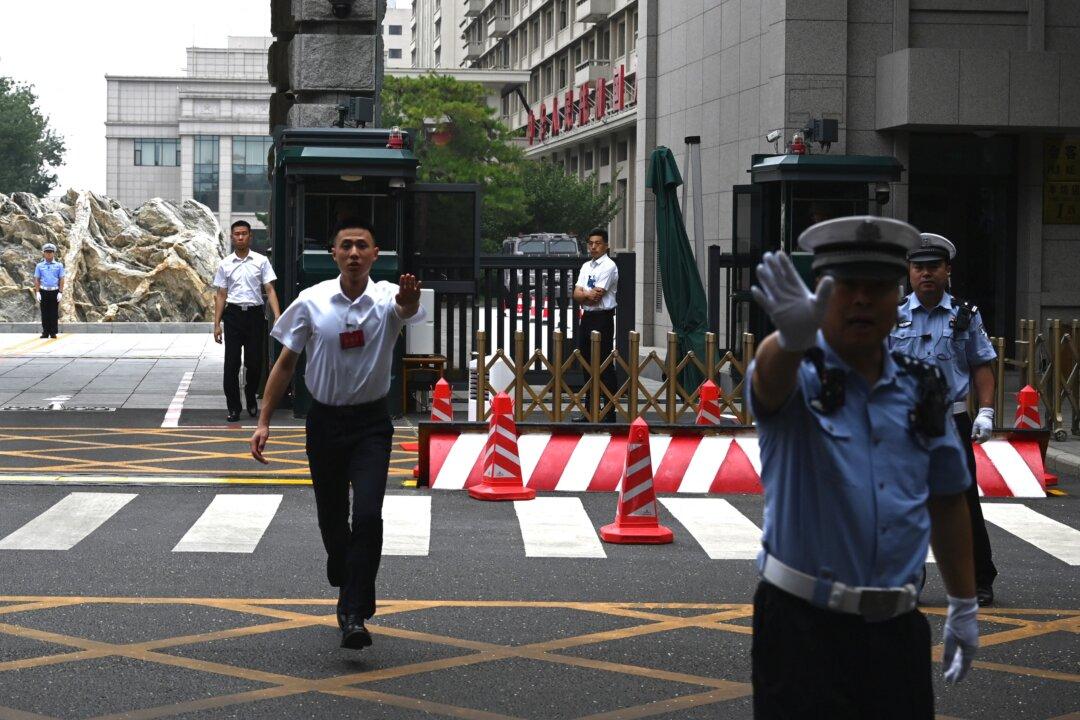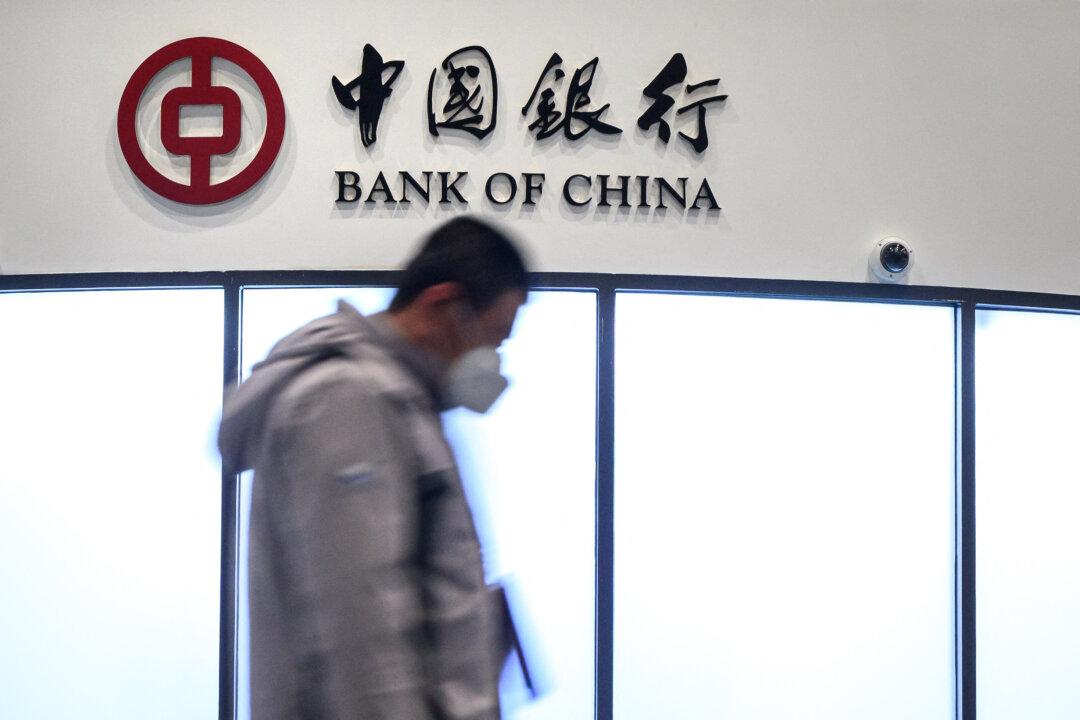China aims to become the global leader in automation, artificial intelligence (AI), and robotics. It’s a goal set forth in its “Made in China 2025” program and reiterated during each economic-policy update.
But, in achieving those goals, there will be collateral damage, which has already manifested in the country’s manufacturing sector, the backbone of China’s economy.





